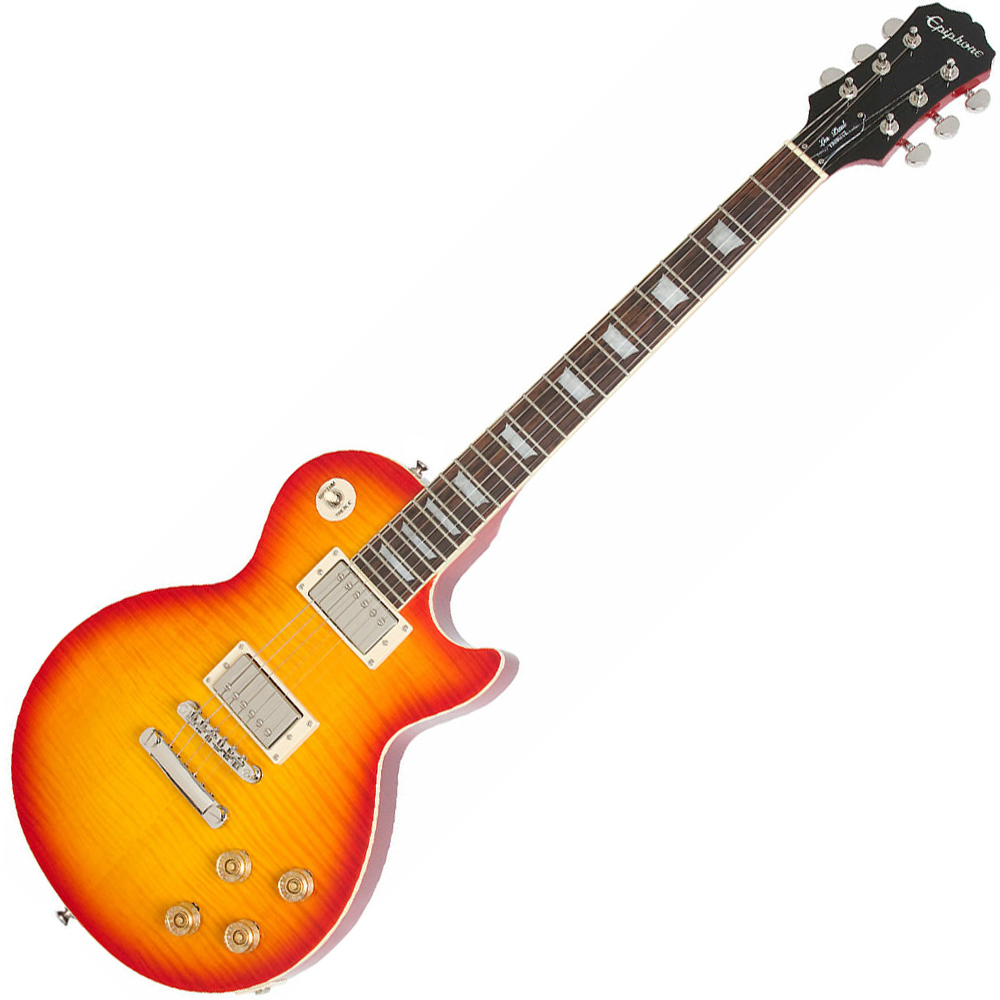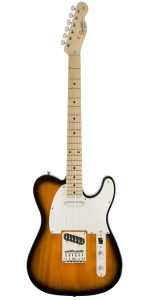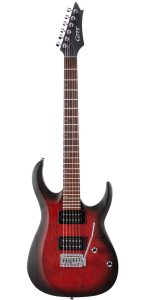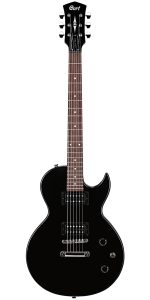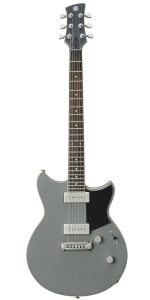Epiphone Les Paul Electric Guitar With the iconic look and sound of 1950s-era Les Pauls, the Epiphone Les Paul Standard ’50s is full of vintage character and a classic rock ‘n’ roll vibe. A mahogany body pours out warm resonance, while a maple top punches up the tone with clarity and snap. The comfortable ’59 Rounded Medium C neck snugs perfectly into your hand for easy chording and dynamic fret runs. Powered by Alnico ProBucker pickups, the Epiphone Les Paul Electric Guitar Standard ’50s has a distinctive rock ‘n’ roll growl when pushed and a warm, pleasant top end when you lay back. Premium appointments, such as Epiphone Vintage Deluxe machine heads, LockTone ABR Tune-o-Matic bridge, and high-quality CTS ’50s-style wiring complete the package on this formidable tone machine.
THE LES PAUL BACKSTORY
The Les Paul story started with an instrument called “The Log.” In the early 1940s, on a quest for an electric guitar that would sustain for days, Les Paul — the legendary guitarist and inventor — fashioned what may well have been the first solid-body guitar from a length of common 4″ x 4″ lumber. For appearances (and possibly playing comfort), Les sawed an Epiphone hollow-body in half and attached the two “wings” to either side of The Log. Les continued to develop the idea through a series of prototypes, ultimately resulting in the classic solid-body guitar we know and love.
WITH A LES PAUL, YOU’RE IN GOOD COMPANY
From rock to fusion and beyond, Les Paul’s surly snarl has virtually defined attitude-laden overdriven guitar tone. Legendary guitarists such as Jimmy Page, Al Di Meola, Alex Lifeson, Slash, and countless others have forged their signature sounds with a sunburst Les Paul. Epiphone now gives you the opportunity to experience that one-of-a-kind tone and look at an amazingly affordable price with the Les Paul Standard ’50s. What’s more,


